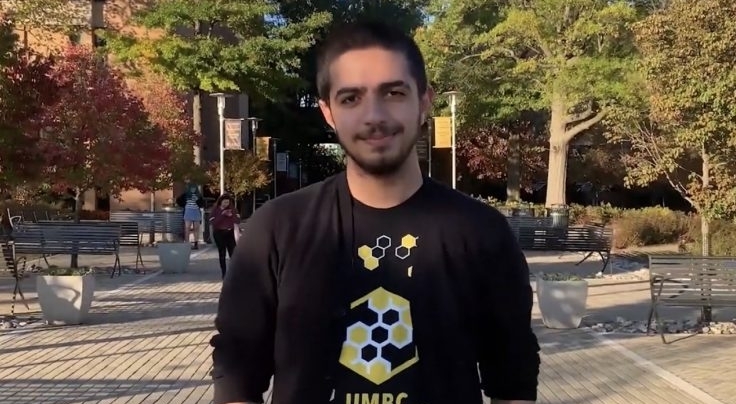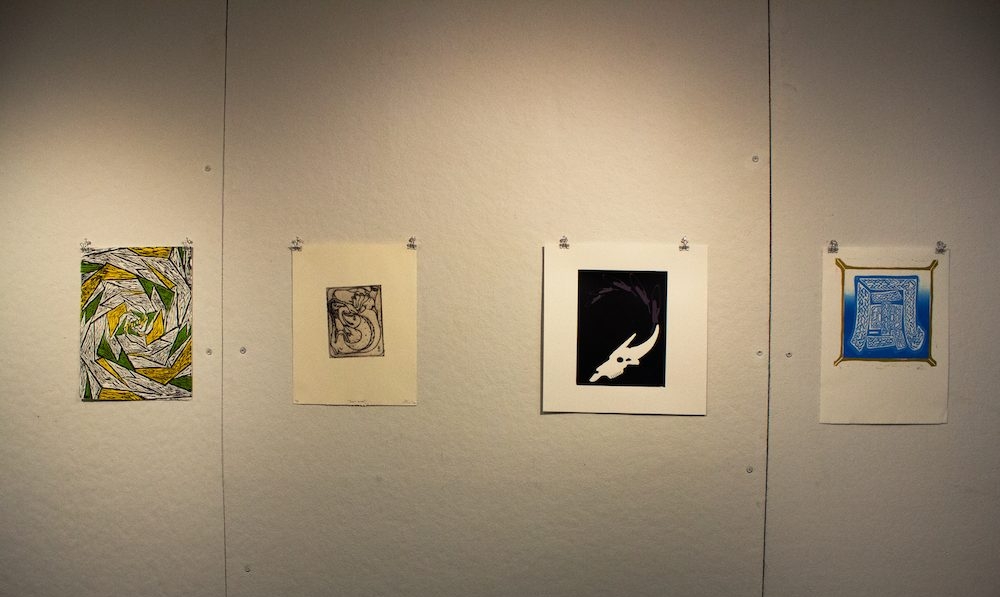March for Our Lives will go down in history as one of the largest protests in the United States, organized by a generation of students that are still below the voting age. With approximately 800,000 attendants, it is the most populous protest to date, with the Women’s March of 2017 a close second with nearly 500,000 in attendance. Across the entire nation, and estimated 1.2 million marched at locally organized events.
Although the march was organized by students, for students, advocates from all walks of life flocked from all over the nation. Below are some of the people who volunteered, demonstrated, or made a profit:
Insecure, Small Penis White Guys for Trump
Jim Garden, the communications director of the satirical gun control group, National Small Penis Association, came to the march early that day at 8:30 a.m. to grab a spot in front of the Trump International Hotel on Pennsylvania Avenue before it became too crowded.
“We are a gun-rights advocacy group, that seeks to enhance the self-esteem of insecure small-penis white guys, through the possession of pointlessly powerful firearms,” he said.
Garden has been with the group for several years; their main goal is to criticize gun rights advocates. During the 2016 election, the association narrowed in on president Trump, as they found his rhetoric the most reprehensible.
Since the election, the association has gone to numerous Trump rallies to give their “support,” and the rallies of other politicians considered friends of the association, like Secretary of Energy and former Texas Governor Rick Perry, NRA CEO Wayne LaPierre, and Kentucky Senator and Majority Leader Mitch McConnell.
Activist who memorializes the dead
Maureen Glover, a computer programmer from Asbury, New Jersey, first became involved in impact art after a cousin died in 9/11. Bothered by the repetition of statistics in the news cycle, Glover started her first project by sewing nearly 3,000 shirts together, to emphasize how many lives were lost.
“Numbers can just too easily roll off people’s tongues, so I started stringing shirts together to show what 3,000 people looked like,” said Glover.
Glover quickly became involved in protesting the Iraq War, where she created a mile-long sign with the names and faces of 4,000 fallen soldiers.
After the Pulse nightclub shooting, where Omar Mateen killed 49 and injured 58, Glover methodically went through the history of all gun shootings in the United States and began the month-long project of printing out the names and faces of victims. The rows of over 200 panels, zip-tied together, span the length of a football field.
“I want to put a name and face so people, instead of saying a number, they can look at the kids. We really need to make a change now,” said Glover.
The first victims in her display are from the 1966 University of Texas shooting, where Charles Whitman killed 16 and wounded 31 while firing from a tower, and ends with the Maryland Great Mills High School shooting, where two students including the shooter died and one was wounded.
On April 20, Glover plans to create luminaries for the victims of Columbine, and gave away one of the panels on her project to the friend of the mother of Ben Wheeler, a 6-year-old victim in the Sandy Hook Elementary school shooting.
The same organization of March for Our Lives has started a new project, Town Hall for Our Lives, to continue the momentum of the gun control by lobbying local politicians. THFOL is specifically cites funding gun violence research; increasing power of the Bureau of Alcohol, Tobacco, Firearms and Explosives; national universal background checks; and limit circulation of firearms.

